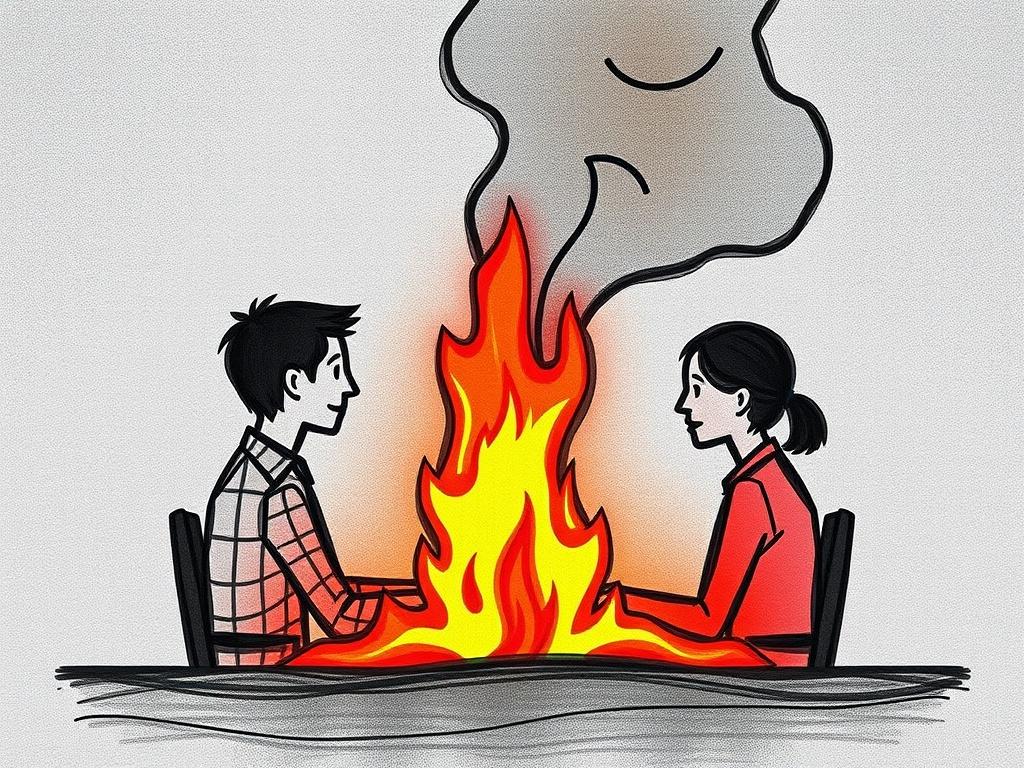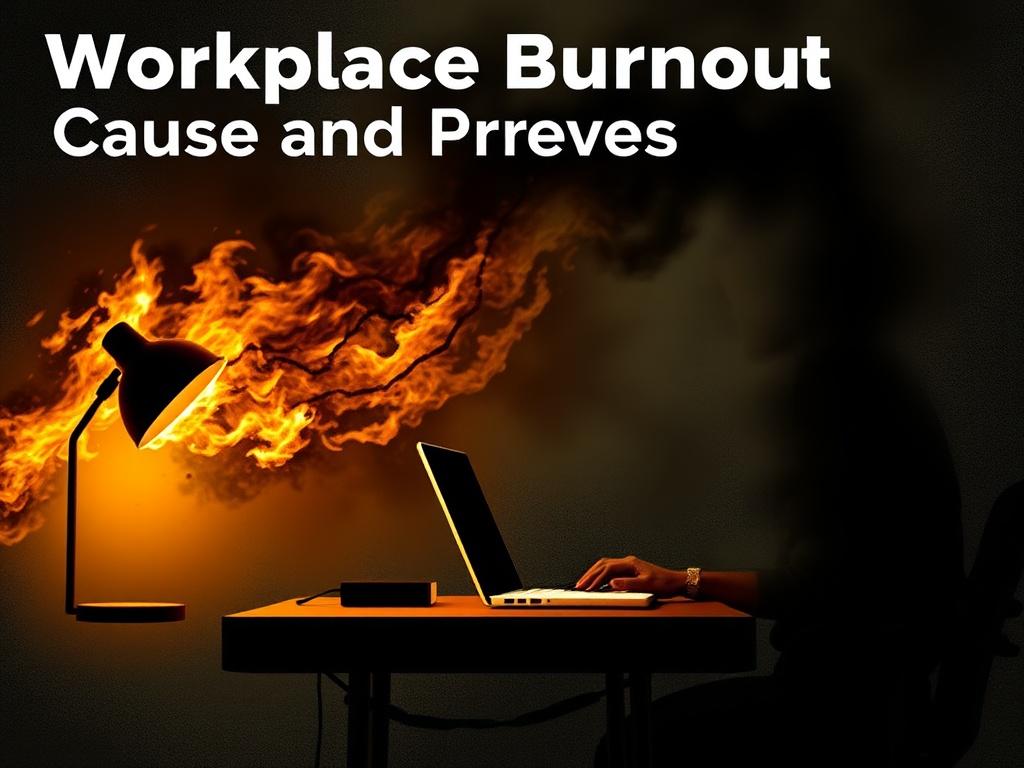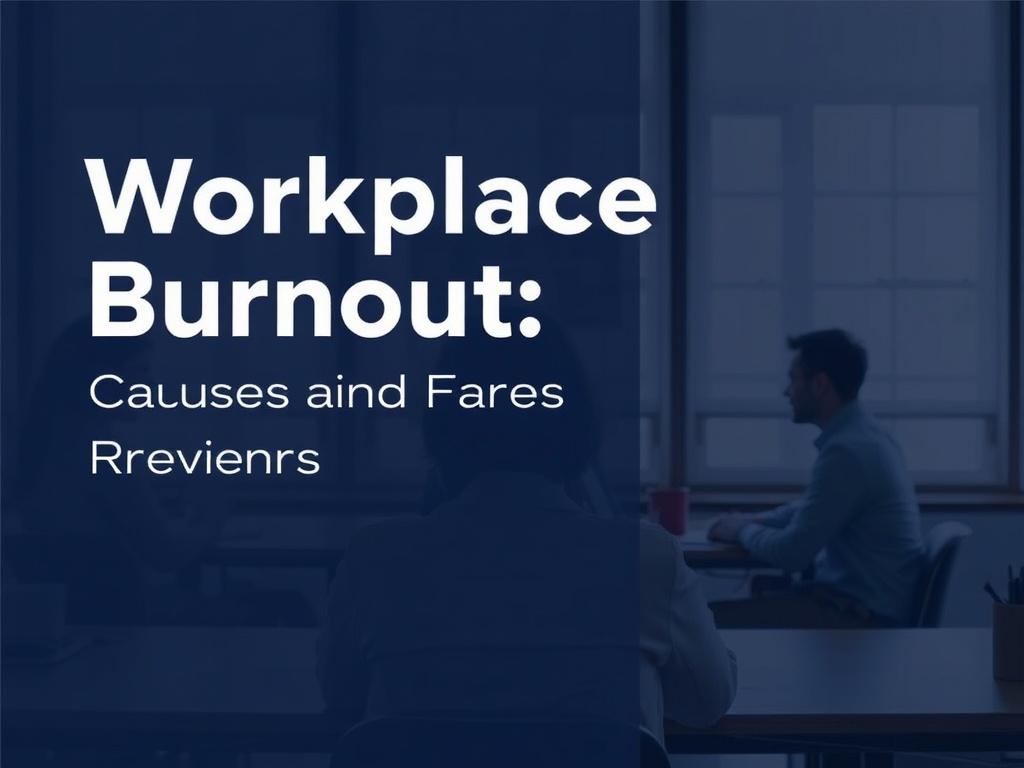Workplace burnout has become a hot topic in today’s fast-paced work environments, and for good reason. Many employees experience this overwhelming sense of exhaustion, cynicism, and reduced productivity that slowly erodes their enthusiasm for their job. If you’ve ever felt completely drained at the end of a workday or found it increasingly difficult to concentrate, you might be experiencing the early signs of burnout. Understanding the causes and prevention methods of workplace burnout is essential not only for employees but for employers too, as it affects overall company morale and success.
Burnout isn’t just about feeling tired; it’s a chronic response to prolonged stress that can impact your mental and physical health. People often confuse burnout with regular work stress, but it’s much more severe. When left unchecked, burnout can lead to serious consequences, such as depression, anxiety, and even resignation. This article will guide you through the main causes of workplace burnout, signs to watch for, and practical ways to prevent it from taking over your professional and personal life.
Understanding What Workplace Burnout Really Means

Before diving into the causes and prevention, it’s important to clarify what workplace burnout entails. The World Health Organization officially classifies burnout as an occupational phenomenon, not a medical condition, which highlights its relationship specifically with the workplace. It manifests in three main ways: emotional exhaustion, depersonalization or cynicism towards one’s job, and a sense of reduced personal accomplishment.
Most people who face workplace burnout describe a feeling of being completely emotionally drained. There’s a growing disconnect with the tasks at hand, leading to negative attitudes or detachment from their work and colleagues. Additionally, those suffering often feel less effective and struggle to meet even basic performance standards.
Main Causes of Workplace Burnout
Workplace burnout rarely comes out of nowhere. Various factors in a work environment contribute to this state. Some causes are external, like unrealistic workloads or poor management, while others might come from internal pressures such as perfectionism or lack of self-care.
1. Excessive Workload
One of the most obvious causes of burnout is simply having too much to do and too little time. When employees are constantly overwhelmed without adequate breaks or resources, their energy and motivation drop quickly. Overworking becomes the norm rather than the exception, making burnout almost inevitable.
2. Lack of Control
Feeling powerless in your job—whether because of rigid rules, micromanagement, or lack of say in decisions—can be incredibly stressful. Humans generally thrive when they have autonomy over how they perform tasks. When that is taken away, it can cause frustration and burnout.
3. Insufficient Rewards
Recognition and rewards play a big role in job satisfaction. When effort goes unnoticed or unrewarded, employees may gradually lose motivation. This applies to both financial rewards and emotional acknowledgment like praise and support.
4. Poor Workplace Relationships
Toxic coworkers, lack of support from management, or even feelings of isolation can seriously impact an employee’s mental health. Positive relationships at work can cushion stress, but when these connections are damaged, the risk of burnout goes up.
5. Unfairness
Perceived injustice in the workplace—whether it’s favoritism, biased policies, or unequal workload distribution—creates chronic stress. Feeling unfairly treated decreases trust and engagement, which can spiral into burnout.
6. Mismatch in Values
When there is a conflict between an employee’s personal values and the organization’s goals or ethics, it can cause dissatisfaction and emotional strain. This disconnect can severely impact motivation and job satisfaction.
Other Less Obvious Causes
While the above causes are commonly acknowledged, there are other subtle contributors. For example, poor physical work conditions, unclear job expectations, or constant changes without proper support can also wear down employees over time. Additionally, personal life stress, if not managed well, can intensify feelings of burnout at work.
Recognizing the Signs of Workplace Burnout

Knowing the causes is just the first step; recognizing the signs early can help prevent burnout from worsening. Burnout often creeps up slowly and can sometimes hide behind symptoms that seem unrelated to work at first glance.
Physical and Emotional Symptoms
The physical symptoms of burnout often include chronic fatigue, headaches, insomnia, and frequent illnesses caused by a weakened immune system. Emotionally, employees may experience feelings of helplessness, anxiety, and depression. Additionally, irritability and mood swings are common as frustration grows.
Behavioral Indicators
You might notice changes in work habits such as procrastination, increased absenteeism, or a drop in the quality of work. Sometimes, people attempt to cope by withdrawing socially or turning to unhealthy behaviors like excessive drinking or overeating.
Impact on Performance
Burnout reduces concentration and creativity, making problem-solving difficult. Tasks that once felt straightforward may now seem overwhelming, leading to decline in productivity. Colleagues and supervisors often notice this drop in enthusiasm and efficiency.
Effective Strategies to Prevent Workplace Burnout
Preventing burnout requires both organizational and individual efforts. Companies play a crucial role in creating environments that reduce stress and support employee well-being. At the same time, individuals need to adopt habits that safeguard their mental health.
For Employers: Building a Supportive Workplace
1. Manage Workloads Wisely
Employers should carefully monitor workloads, ensuring they are realistic and balanced. This involves adjusting deadlines, hiring additional staff when necessary, and encouraging regular breaks throughout the workday.
2. Encourage Open Communication
Establishing clear communication channels can help employees voice concerns and provide feedback. This enables management to address problems before they escalate into burnout triggers.
3. Recognition and Reward Systems
Simple gestures like appreciation emails, public acknowledgment, or incentives can boost morale. Formal recognition programs also motivate employees to maintain high performance levels.
4. Promote Autonomy
Allowing employees more control over how and when they do their work fosters a sense of ownership and responsibility. Flexible schedules or the possibility to work remotely are examples of giving back autonomy.
5. Develop Positive Workplace Relationships
Organizing team-building activities and fostering a culture of respect and support can improve social connections among coworkers. Managers should also be trained to recognize signs of distress and provide appropriate support.
6. Fairness and Transparency
Ensuring that policies, promotions, and workloads are handled fairly reduces feelings of injustice. Transparent decision-making processes build trust between management and staff.
For Employees: Personal Practices to Stay Burnout-Free
1. Set Boundaries
Learning to say no when workloads become overwhelming protects your energy. Setting clear limits on working hours prevents burnout from constant overwork.
2. Prioritize Self-Care
Regular exercise, balanced nutrition, and sufficient sleep play vital roles in maintaining resilience. Engaging in hobbies and relaxation techniques such as meditation also helps recharge emotional batteries.
3. Develop Stress Management Skills
Techniques like mindfulness, deep breathing exercises, or journaling can decrease anxiety and improve focus. These tools enable you to respond calmly rather than react impulsively to stress.
4. Seek Social Support
Whether through friends, family, or professional counseling, having a support system makes coping easier. It’s important to share how you feel rather than bottling stress inside.
5. Clarify Expectations and Goals
Communicating openly with supervisors about your workload and responsibilities reduces ambiguity. Knowing exactly what is expected helps in managing tasks effectively and preserving motivation.
Table: Burnout Causes and Preventive Solutions
| Burnout Cause | Preventive Strategy | Who is Responsible? |
|---|---|---|
| Excessive Workload | Adjust workload, hire help, encourage breaks | Employers & Employees |
| Lack of Control | Provide autonomy and flexible schedules | Employers |
| Insufficient Rewards | Recognition programs and incentives | Employers |
| Poor Workplace Relationships | Team building and respectful culture | Employers & Employees |
| Unfairness | Transparent policies and fair practices | Employers |
| Mismatch in Values | Open dialogue and alignment initiatives | Employers & Employees |
Workplace Burnout and the Changing World of Work
The modern workplace is undergoing significant transformations that both increase and help prevent burnout. The rise of remote work, for instance, offers flexibility but can also blur the lines between home and work life, making burnout prevention a balancing act. Technology allows for constant connectivity, which can be a double-edged sword—it facilitates communication but often encourages employees to “always be on,” extending the workday.
Organizations and employees need to adapt to these changes by establishing clear boundaries and maintaining healthy work rhythms. Digital detox periods, setting “no email” times, and using productivity tools to better organize tasks are some of the strategies gaining momentum.
Additionally, mental health awareness in the workplace is becoming mainstream. More companies now offer employee assistance programs, resilience training, and mental health days as part of their benefits. This increasing support helps reduce stigma and encourages early intervention where workplace burnout is concerned.
The Role of Leadership in Preventing Burnout

Leadership style heavily influences the work culture and, consequently, burnout rates. Transformational leaders who inspire, motivate, and genuinely care for their teams often foster environments where burnout is less likely. They listen actively, provide support, and advocate for their employees’ well-being.
Conversely, authoritarian or indifferent leadership can exacerbate stress and make burnout more prevalent. Leaders must receive adequate training to recognize burnout signs and implement strategies that support their team.
Leadership Best Practices to Combat Burnout
- Regularly check in with employees on their workload and emotional health
- Encourage flexible work policies and respect personal time
- Provide resources for mental health support and stress management
- Promote a culture that values balance and open communication
- Lead by example—show healthy work habits and boundaries
How Individuals Can Monitor Their Own Risk of Burnout
Awareness is key. Individuals should proactively monitor their stress levels and emotional states at work. Keeping a journal or using mood tracking apps can help identify patterns related to workload and wellbeing. Being honest about signs like persistent tiredness, loss of interest, or frequent mistakes can prompt timely action.
Building resilience through continuous learning and seeking new challenges can also protect against burnout. When work feels monotonous or meaningless, boredom can be a stepping stone toward burnout. Finding meaningful projects or opportunities for growth reignites passion and engagement.
Quick Self-Check Questions for Burnout Risk
- Do you feel exhausted even after a good night’s sleep?
- Are you increasingly cynical or negative about your job?
- Have you noticed a drop in your work performance?
- Do you feel detached from coworkers or customers?
- Is it hard to find joy or satisfaction in your accomplishments?
If you answered yes to several of these, it is important to consider making changes or seeking support.
Conclusion
Workplace burnout is a complex but increasingly common challenge in today’s professional world. It arises from a blend of external pressures like excessive workload, lack of control, and poor workplace relationships, and internal vulnerabilities such as personal values misalignment and poor stress management. Recognizing its signs early on enables both employers and employees to take effective action. Preventing burnout requires a combined effort, where organizations foster supportive, fair environments and individuals practice healthy boundaries and self-care. As the nature of work continues to evolve, building resilience and prioritizing well-being will not only preserve mental health but also boost productivity and job satisfaction. Remember, maintaining balance between work demands and personal needs is not a luxury but a necessity to thrive in any career.




















